Artificial Intelligence of Things (AIoT) emerges as a game-changing force in the rapidly evolving world of technology, enabling businesses to optimize operations, enhance customer experiences, and drive unprecedented innovation.
For professionals, embracing the potential of AIoT has transformed from a mere choice to an essential strategy for maintaining a competitive edge.
In a world where devices are designed to facilitate communication, learning, and making autonomous decisions, industries like IT, healthcare, manufacturing, transportation, etc., are getting revolutionized by leveraging technologies like AIoT.
However, understanding the intricacies of AIoT might initially appear challenging.
To make that simpler, this blog aims to provide easily digestible insights into AIoT along with its practical applications, benefits, and challenges.
What Is AIoT?
Artificial Intelligence of Things (AIoT) refers to the powerful fusion of Artificial Intelligence (AI) and the Internet of Things (IoT).
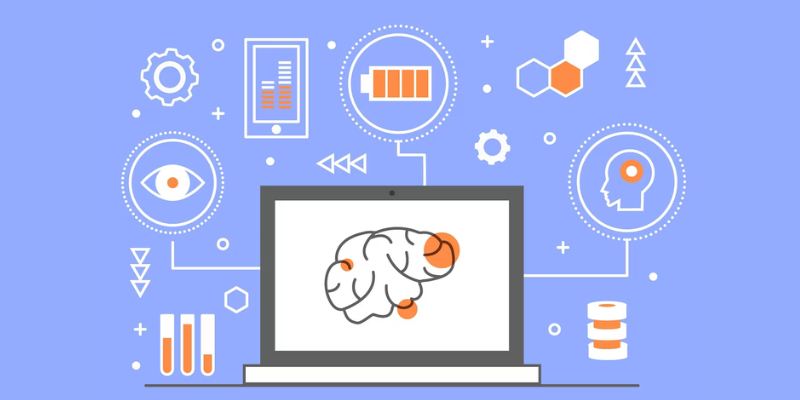
In simple terms, AI concepts, algorithms, and technologies are blended with smart devices, sensors, and everyday objects that connect to the internet. This merging technology enables these connected devices to collect and analyze vast amounts of data, make intelligent decisions, and take actions autonomously without human intervention.
AIoT is transforming almost every industry, from IT and digital marketing to manufacturing and healthcare. It will help you unlock limitless possibilities by providing you with real-time insights, predictive capabilities, and automation. This helps enhance the overall efficiency of your operations and business and fosters innovation.
How Does AI Enhance IoT Capabilities?
AI infuses intelligence into a vast network of interconnected devices to enhance the capabilities of IoT, changing the way these devices are used to collect, process, and utilize data.
Here’s a concise breakdown of how AI empowers IoT.
Advanced-Data Analytics
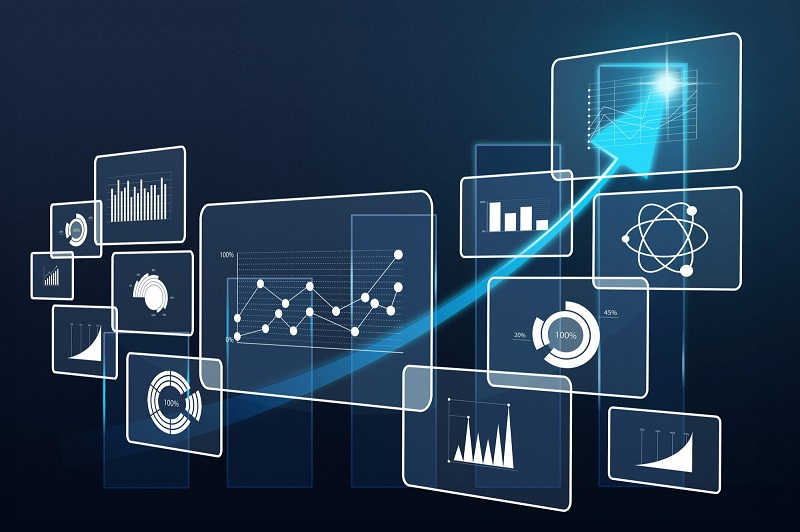
AI empowers IoT devices with robust data analytics capabilities. This allows them to seamlessly process and analyze vast volumes of data in real-time, leading to enhanced precision in insights. Thus, it becomes easier for them to produce high-quality data quickly and take prompt action.
Predictive Analytics
AI algorithms have the capability to predict future events and trends by analyzing historical data. This becomes particularly relevant in the context of IoT as it empowers devices to anticipate potential issues. This way, users can understand the risks and take proactive measures in no time before anything bad happens.
Machine Learning (ML)
By utilizing machine learning, the Internet of Things (IoT) devices can continuously acquire knowledge from data and enhance their performance over time. This inherent self-optimization process results in heightened efficiency and accuracy.
Natural Language Processing (NLP)
AI empowers IoT devices to comprehend and address human commands and inquiries through Natural Language Processing (NLP). This cultivates smooth interactions and facilitates user-friendly experiences.
Resource Management
AI’s predictive capabilities can help you effectively manage resources in your IoT devices. This helps ensure optimized resource consumption and minimal waste.
Security and Privacy Tools
AI enhances security in the IoT realm by integrating tools and technologies that can identify potential vulnerabilities and actively safeguard against cyber threats. It includes modern security and privacy technologies like 2-factor authentication, Single Sign-on, etc. This proactive approach ensures a robust defense system.
Technologies Used in AIoT
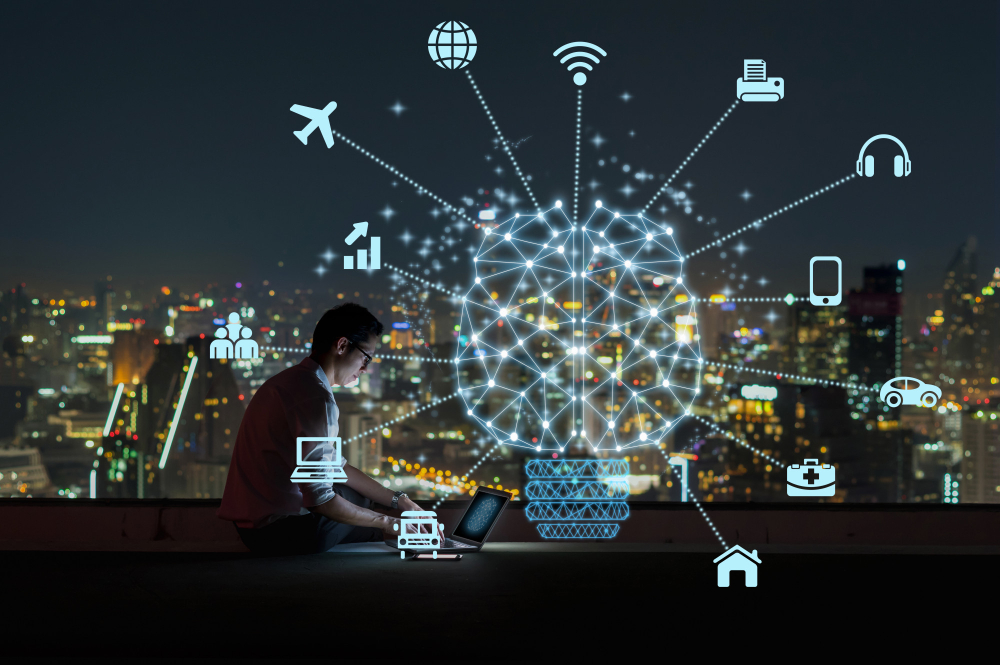
In AIoT, various cutting-edge technologies are utilized to facilitate a seamless and intuitive ecosystem.
Let’s explore the key technologies that make AIoT reveal its true potential.
#1. Machine Learning
Machine Learning (ML) can be used to harness the transformative power of AIoT. ML can analyze a vast data set to enable effective decision-making. Also, ML algorithms enable IoT devices to recognize patterns, trends, and anomalies. In addition, ML enables predictive maintenance, real-time analytics, and personalized user experiences.
#2. Edge Computing
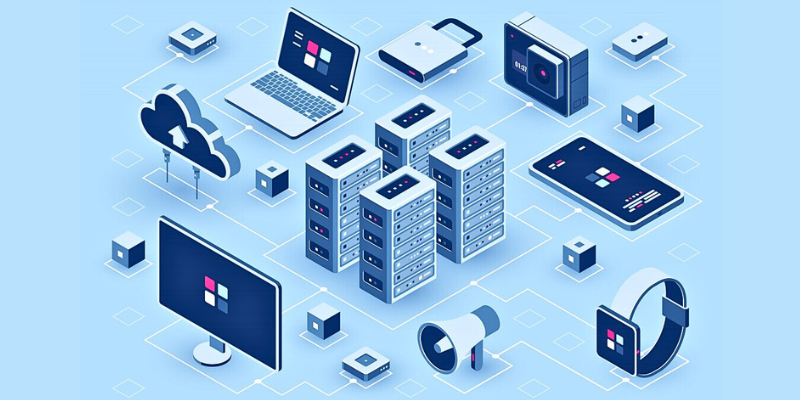
Edge Computing is a highly crucial concept in the AIoT landscape. It enables the processing of data directly on IoT devices or edge servers, closer to where the data originates, instead of sending everything to central cloud servers. This approach significantly reduces latency, enhances real-time response, and minimizes bandwidth usage.
For AIoT applications that demand split-second decision-making, edge computing is absolutely essential. As a professional in this field, familiarizing yourself with edge computing concepts will empower you to design efficient and responsive AIoT solutions.
#3. AIoT Platforms and Frameworks
Are you familiar with AIoT platforms and frameworks are tools helpful in building and deploying AIoT applications. They offer pre-built AI models, data processing pipelines, and connectivity solutions that simplify the development process.
Examples of popular AIoT platforms include Google Cloud IoT, Microsoft Azure IoT, and AWS IoT. These platforms provide a wide range of services to help integrate AI with IoT devices quickly.
By gaining expertise in these platforms and frameworks, you can rapidly deploy AIoT solutions and gain a competitive edge in your industry.
AIoT Applications for End Users
AIoT is more than just a trendy term; it has tangible effects on our day-to-day lives, enhancing efficiency, convenience, and connectedness.
Let’s explore some significant AIoT applications and real-life examples of their implementation.
#1. Smart Home
Imagine returning home after a long and exhausting day, only to be welcomed by a house that understands your every need.
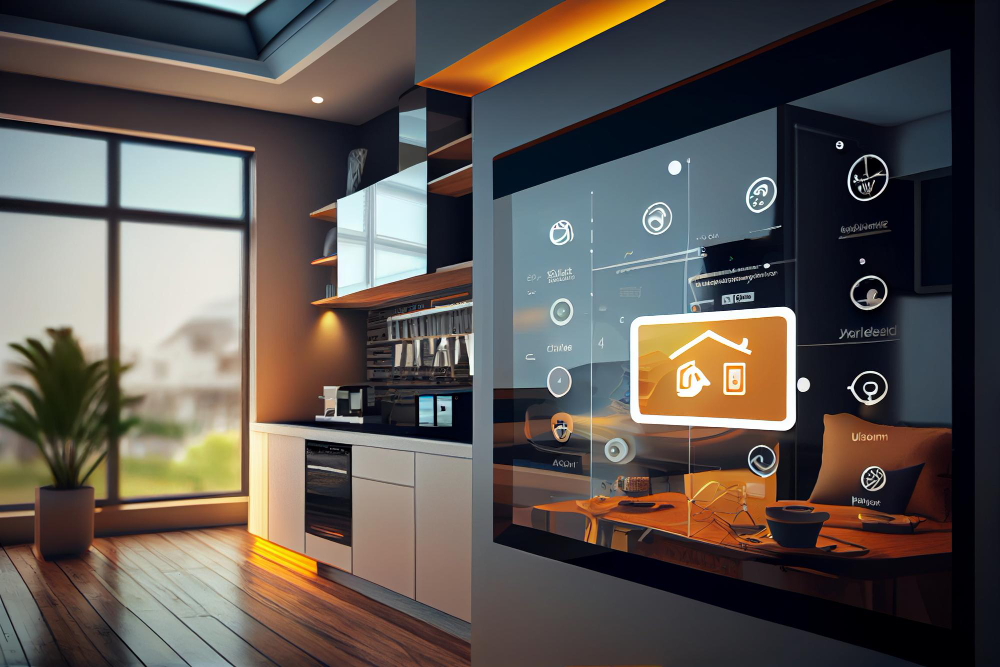
Through the power of AIoT, homes are transformed into havens where devices seamlessly communicate, adapt, and cater to your preferences.
Take smart thermostats like Nest, for example. They learn your temperature preferences and automatically adjust settings for both comfort and energy efficiency.
Additionally, voice-controlled assistants such as Amazon Echo or Google Home provide you with the convenience of controlling lights, appliances, and even playing your favorite music through simple voice commands.
#2. Industrial Internet of Things (IIoT)
In the industrial setting, AIoT plays a pivotal role in enhancing efficiency, safety, and cost-effectiveness.
For example, within the manufacturing sector, IoT sensors gather real-time data from machines, while AI algorithms anticipate maintenance requirements. Consequently, this reduces downtime and optimizes productivity levels.
In logistics, AIoT facilitates the tracking of shipments in real-time. This guarantees timely deliveries and streamlines supply chains.
#3. Smart Cities
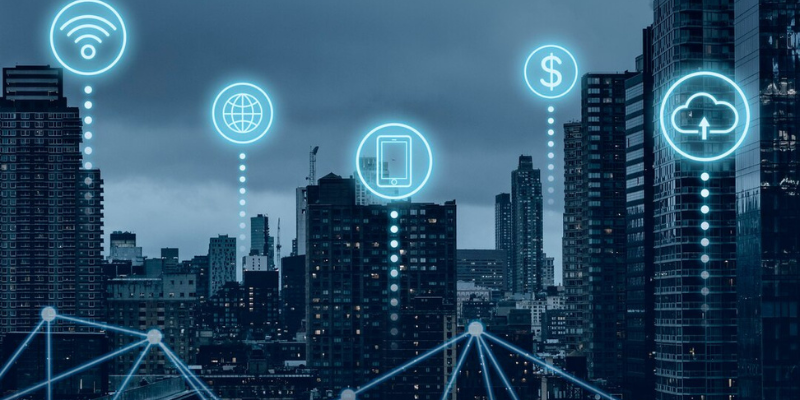
AIoT is revolutionizing the way cities function, making them smarter and more sustainable.
For example, intelligent traffic management systems harness the power of AI through cameras and sensors to optimize the flow of traffic and effectively reduce congestion and travel time.
On another front, smart waste management solutions leverage IoT sensors to monitor garbage levels in bins. This enables efficient collection routes and contributes to tackling waste-related issues head-on.
#4. Healthcare and Wearables
Thanks to AIoT, the healthcare industry has received a significant boost. For example, wearable devices are used to monitor vital signs, sleep patterns, and physical activities. These incredible wearable devices can seamlessly transmit data to smartphones or cloud platforms.
The result?
Users and healthcare professionals can effortlessly track health conditions and make well-informed decisions. Take smartwatches like Apple Watch or Fitbit, for instance, provide valuable insights into heart rate, exercise routines, and sleep quality, ultimately promoting healthier lifestyles.
#5. Agriculture
AIoT revolutionizes precision agriculture to empower farmers to optimize their practices for increased yields and reduced resource wastage.

By deploying IoT sensors that monitor crucial factors like soil moisture, temperature, and humidity, alongside AI algorithms that meticulously analyze the collected data, precise irrigation schedules can be determined.
Additionally, drones equipped with advanced AI and IoT capabilities can efficiently survey large fields, promptly identify crop diseases, and facilitate targeted treatments.
AIoT Applications in Organizations
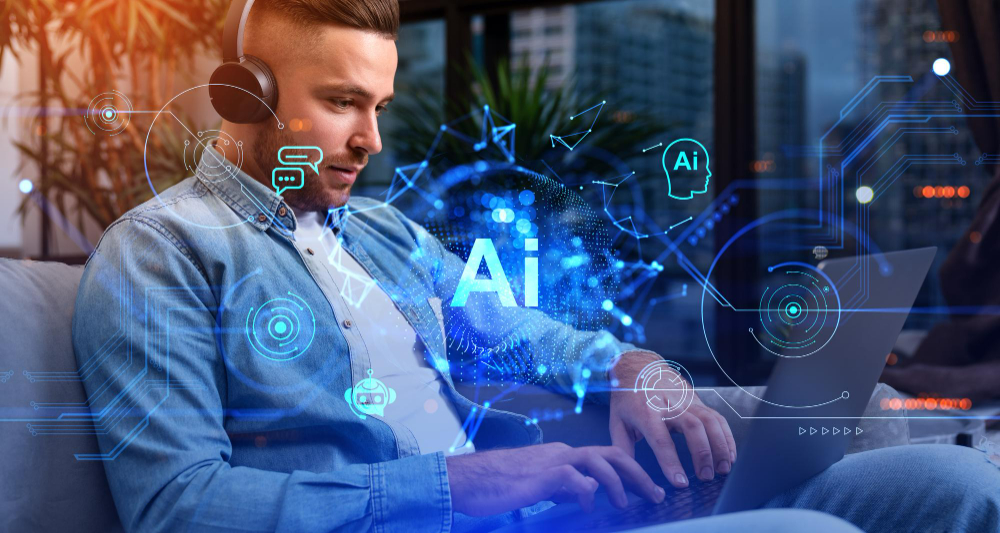
AIoT presents a wide range of practical applications that have the potential to transform organizations across various industries.
It is crucial for you to comprehend these potential applications to stay competitive and drive innovation within your own organization.
Let’s explore some key ways you can implement AIoT in your organization.
Predictive Maintenance
To effectively monitor machinery and equipment in real-time, you can implement AIoT. AI algorithms can utilize sensor data to anticipate maintenance requirements, leading to decreased downtime and preventing expensive breakdowns.
Enhanced Customer Experiences
AIoT empowers organizations to collect and analyze customer data from connected devices. This enables personalized products, services, and tailored marketing efforts for a seamless and delightful customer experiences.
Energy Management
If your organization consumes a significant amount of energy, AIoT can help optimize the usage by intelligently managing the lighting, heating, and cooling systems based on factors like occupancy and weather conditions. This smart control results in notable energy savings.
Security and Surveillance
AIoT can enhance organizational security through the utilization of intelligent video analytics, facial recognition technology, and anomaly detection techniques. This powerful combination ensures the protection of valuable assets and personnel.
Smart Workplaces
Did you know that AIoT has the power to transform workplaces into smart environments? By seamlessly integrating IoT devices and AI-powered systems, organizations can experience automated office management, improved employee productivity, and optimized resource utilization.
Impact of AIoT on Various Industries

To stay ahead in today’s ever-evolving business landscape, it is crucial to understand how the integration of Artificial Intelligence (AI) and the Internet of Things (AIoT) can impact various industries. This convergence holds immense potential to revolutionize diverse sectors.
Manufacturing
AIoT can bring numerous benefits to manufacturing industries. Businesses can use it to achieve predictive maintenance, which helps minimize downtime and optimize production.
Healthcare
AIoT applications, such as remote patient monitoring and wearable health devices, have the potential to greatly enhance patient care. With the ability to analyze real-time data, these technologies enable personalized medicine and effective management of various diseases.
Retail
AIoT greatly enhances your retail experience. It achieves this by providing personalized recommendations, optimizing inventory management, and enabling seamless checkout processes through IoT-enabled smart devices.
Energy
AIoT facilitates the management of smart grids. It enables real-time energy monitoring and load balancing, resulting in more efficient energy consumption and reduced impact on the environment.
Finance
AIoT can enhance fraud detection and security measures while simultaneously improving customer service with personalized financial advice.
Education
AIoT can personalize learning experiences by utilizing adaptive learning platforms. These platforms are designed with tailor-made instructions and can track student progress and adjust teaching methods accordingly.
Advantages of AIoT
There are multiple reasons why you should implement AIoT in your business. Here are the key benefits of using AIoT.
- Enhanced efficiency: AIoT enhances processes by analyzing real-time data from interconnected devices. This data-driven approach enables you to predict maintenance needs, minimize downtime, and maximize efficiency. Furthermore, through task automation and decision-making, AIoT significantly boosts productivity, saving time and valuable resources.
- Smart decision-making: AIoT systems can handle immense data volumes from various sources, delivering valuable insights that empower you to make better, informed decisions. By utilizing advanced analytics, businesses can develop a deeper understanding of customer behavior, market trends, and operational patterns. This knowledge leads to improved strategies and outcomes for your business.
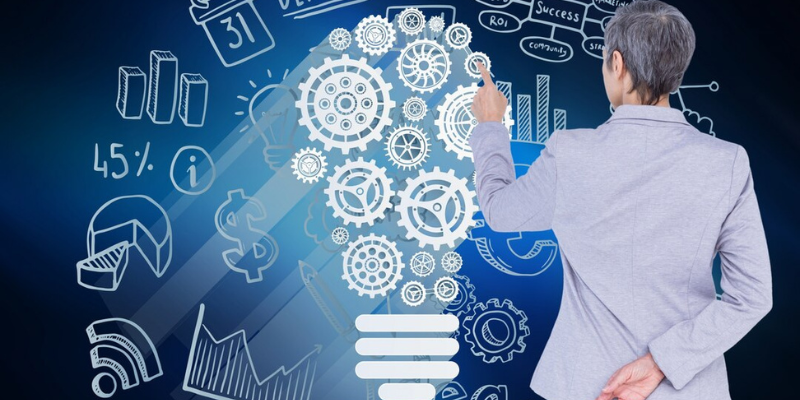
- Personalization and Customer Experience: AIoT offers personalized experiences by comprehending users’ preferences and behaviors. Through the utilization of smart devices, services are customized to suit specific needs, providing personal recommendations that enhance customer engagement and satisfaction.
- Improved safety and security: AIoT enhances safety by monitoring environments and predicting potential hazards. It provides real-time anomaly detection that enables quick responses to emergencies and prevents accidents. Moreover, AI-driven cybersecurity ensures the protection of interconnected devices from cyber threats, guaranteeing data privacy and integrity.
- Reduced environmental impact:

AIoT is vital for promoting sustainable practices. With its ability to optimize energy consumption, manage waste effectively, and allocate resources efficiently, AIoT plays a crucial role in reducing the environmental impact of industries and smart cities.
Challenges of AIoT
Despite offering many benefits, AIoT also comes with certain challenges in its implementation. Some of them are:
- Data Security and Privacy: The influx of data from interconnected devices can bring significant security and privacy risks. To safeguard user data, AIoT systems must handle sensitive information with care. This involves preventing unauthorized access, data breaches, and misuse through robust encryption, authentication, and access control mechanisms.
- Interoperability and standardization: In the vast realm of IoT, a wide array of devices and technologies coexist, but this diversity can sometimes give rise to compatibility issues. When communication protocols lack standardization, it may cause inefficiencies in smooth integration and data exchange among AIoT components.
- Complex integration: Integrating AI capabilities into existing IoT infrastructures can pose challenges for organizations. Modifying legacy systems to effectively accommodate AI algorithms can be difficult. So, ensuring a smooth integration process is necessary to unlock the full potential of AIoT and derive valuable insights from collected data.
- Reliability and trust: AIoT decisions significantly impact critical systems, including healthcare and autonomous vehicles. It is crucial to prioritize the reliability of AI algorithms and establish trust in the decision-making process.
- Power Consumption and Sustainability: AIoT devices often operate on limited power sources, such as batteries. But balancing the computational demands of AI algorithms with energy-efficient IoT devices can be quite challenging.
So, you must put effort into optimizing power consumption. You can explore sustainable energy solutions to extend the longevity of AIoT deployments and minimize their environmental impacts.
AIoT: Future Trends and Innovations
Keeping a tab on the upcoming trends and innovations will help you prepare for embracing AIoT and leverage all it has to offer.
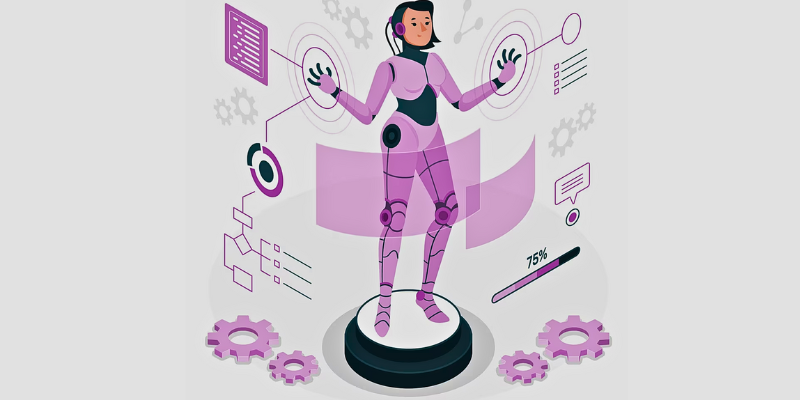
- Edge AI advancements: In Edge AI, AI processing conducted at the network’s edge, closer to the data source, will advance further in terms of sophistication. This advancement will lead to faster real-time decision-making capabilities, reduced data transfer requirements, and enhanced privacy measures.
- 5G Integration: The rollout of 5G networks is revolutionizing AIoT. It can offer higher data transfer speeds and lower latency, thereby enabling seamless connectivity for a wide range of IoT devices and applications.
- Advancements in healthcare: AIoT can further contribute to advancing the healthcare sector by connecting more devices and helping both caregivers and care seekers. Systems like remote patient monitoring and AI-driven diagnostics are further expected to advance. This advancement will significantly enhance patient outcomes and enable personalized medicine.
- Security solutions: As more internet-connected devices are used, it becomes crucial to safeguard them from security issues. AIoT will empower people to prioritize security and create advanced security solutions. This will give rise to cutting-edge and resilient security technologies that can better protect people, devices, and data against cyber threats and safeguard privacy.
Conclusion
AIoT is a transformative technology that offers tremendous opportunities for advancement and has the potential to revolutionize our daily lives. It enables you to make informed decisions, enhance efficiency, and create personalized experiences.
To fully embrace the benefits of AIoT and shape a more intelligent and interconnected future, it is crucial for beginners and enthusiasts to stay informed about its evolving developments and applications.
You may also explore the Internet of things (IoT) architecture.

